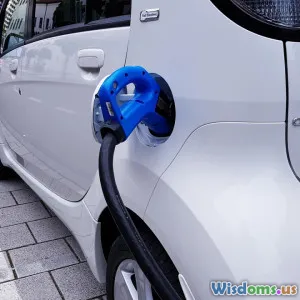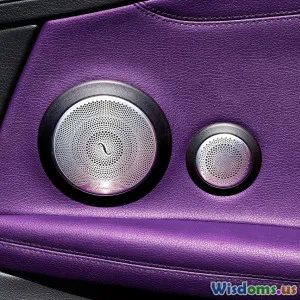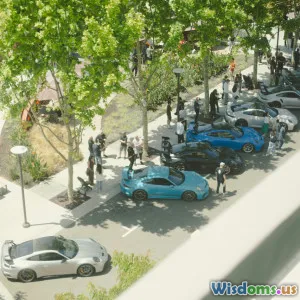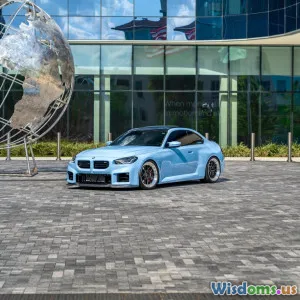
Top Five Car Innovations Changing Daily Commutes
27 min read Discover five car innovations reshaping daily commutes: ADAS, EV fast charging, connected V2X, over-the-air updates, and AI navigation that improve safety, time, and cost for drivers. (0 Reviews)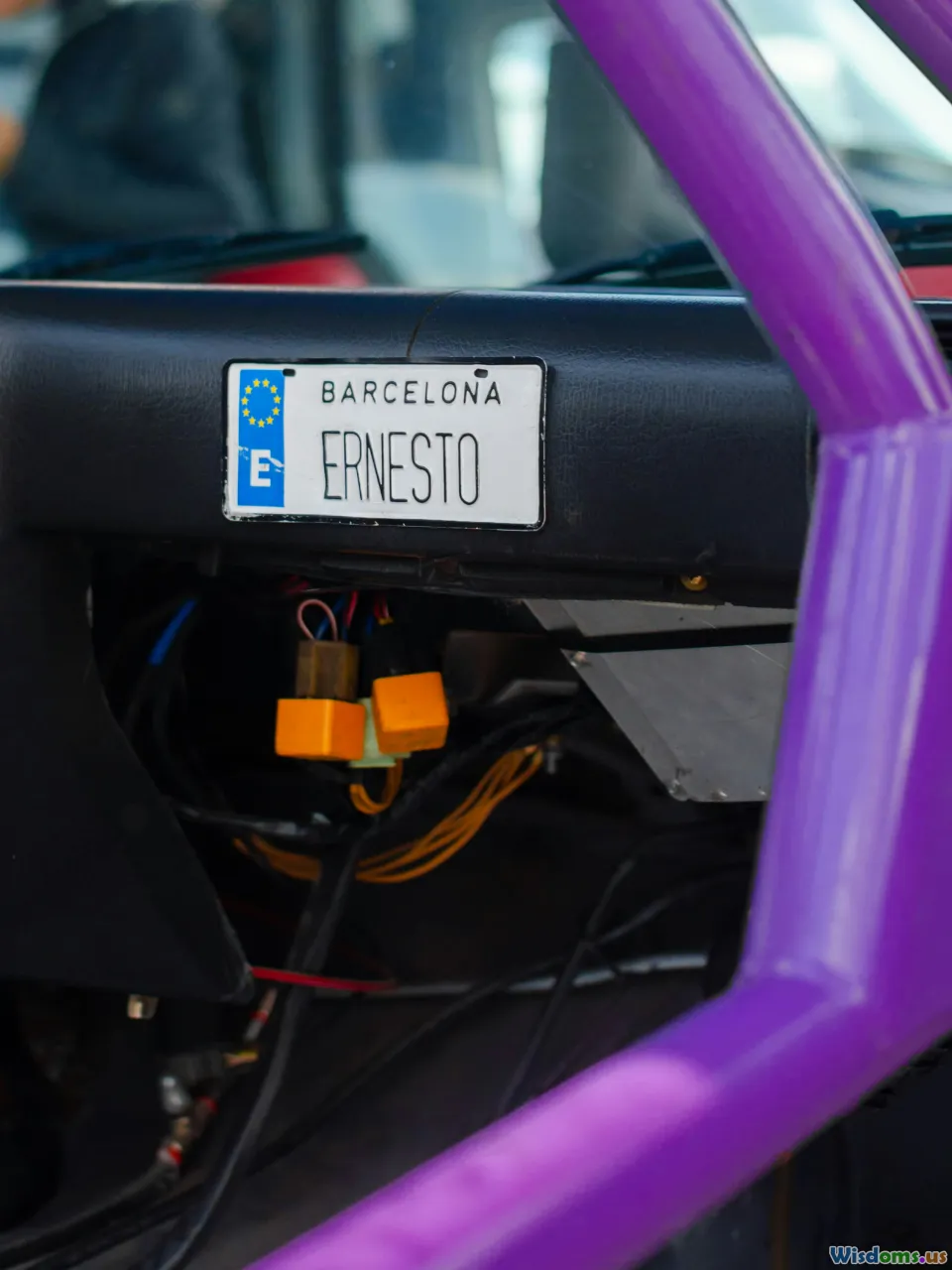
The commute has always been a measuring stick for how far car technology has come. It is the daily test: miles of stop-and-go, merging drama, surprise weather, navigation decisions that cascade into minutes saved or lost, and the relentless calculus of comfort, cost, and safety. Over the last few years, five innovations have moved from concept-car demos into real-world tools that genuinely change the tone and tempo of everyday driving. They lower stress, cut costs, and amplify safety in ways that even the most skeptical drivers can appreciate.
This article breaks down the top five car innovations changing daily commutes right now. Expect practical guidance, real-world examples, and specific tips for buyers and drivers. These are not future predictions. They are technologies you can use today—and tactics to get more out of them tomorrow.
Advanced driver assistance that actually reduces stress
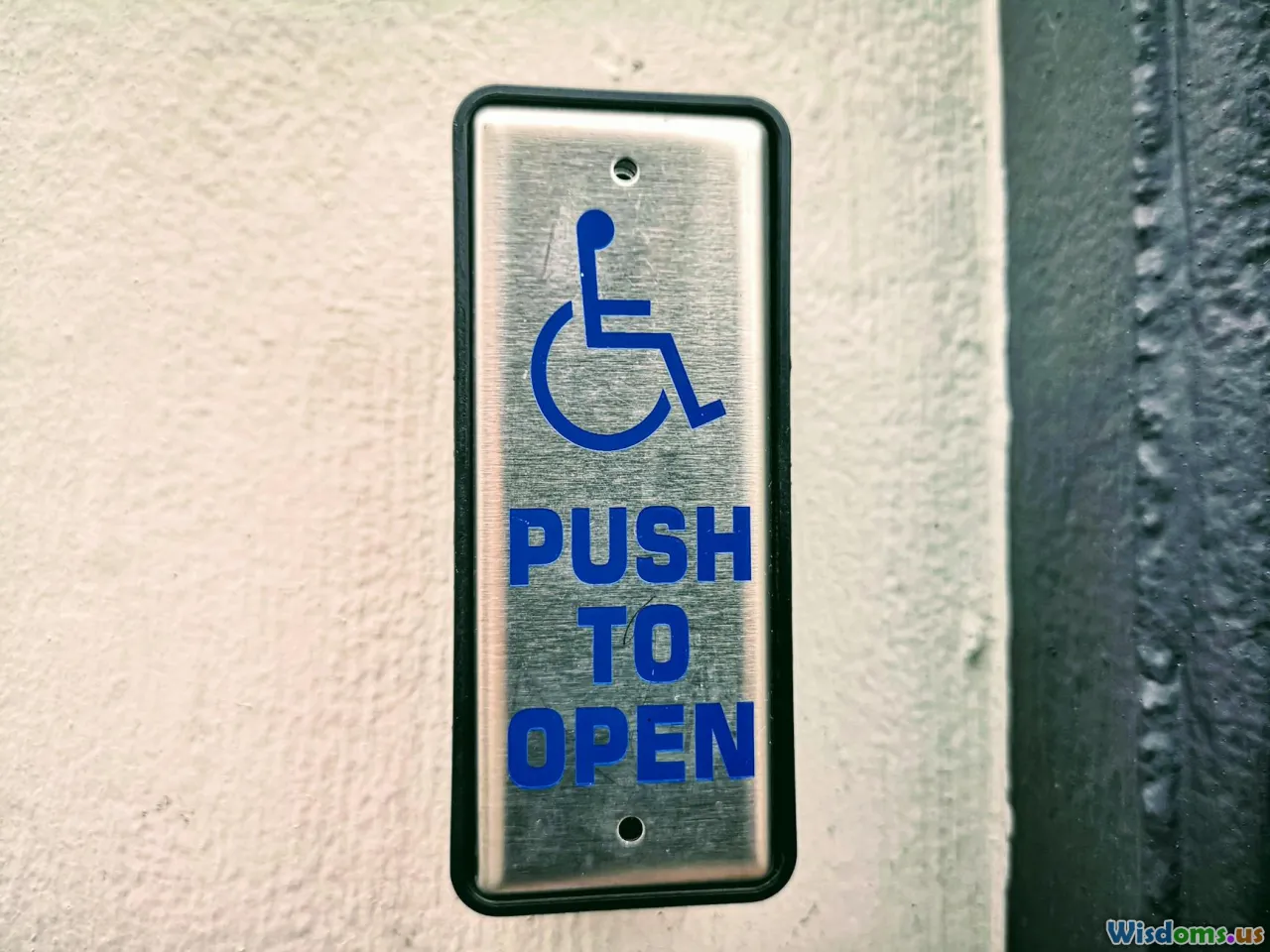
Driver assistance has matured past beeps and blinking lights. Today’s advanced driver assistance systems (ADAS) combine sensors, software, and driver monitoring to take the edge off the two hardest parts of commuting: unpredictable traffic and the tiny mistakes that snowball into crashes.
What’s changed:
- Automatic emergency braking (AEB) is now standard on most new cars in the U.S. thanks to a voluntary agreement automakers reached with safety agencies. Independent studies have reported roughly a 50% reduction in police-reported rear-end crashes for vehicles equipped with forward collision warning plus autobrake.
- Blind spot monitoring and rear cross-traffic alert address the most common low-speed and lane-change mishaps. Analyses by safety organizations found double-digit percentage reductions in lane-change crash involvement when blind spot monitoring is present.
- Lane keeping and lane centering have evolved from ping-ponging corrections to smoother, more predictive control, especially when paired with high-resolution front cameras and radar.
- Driver monitoring cameras—once rare—now appear on more models to ensure the driver stays engaged. The latest systems can detect gaze direction and issuing alerts if eyes drift for too long.
Commute example: the 12-mile crawl
In a typical urban crawl, adaptive cruise control with stop-and-go holds a consistent gap, braking and accelerating more smoothly than most human drivers in dense traffic. Lane centering reduces the micro-corrections that tire your hands and forearms. AEB watches for a sudden cut-in two cars ahead—people you cannot see because of a delivery van—and can stop the car faster than human reaction time. During a lane change, blind spot monitoring lights and a haptic steering wheel nudge give you layered assurance.
How to get the most out of ADAS
- Calibrate your expectations: ADAS reduces workload; it does not make the car autonomous. Keep hands ready and eyes focused.
- Turn on just what you need: If lane centering feels too assertive in city streets, use adaptive cruise alone and enable full lane centering only on the highway.
- Adjust following distance: Most systems let you set time gaps. For heavy commute corridors, two or three bars (often around 1.8–2.2 seconds) strike a good balance between traffic flow and comfort.
- Maintain sensors: Cameras behind the windshield and radars in the grille need a clean, unobstructed view. After a windshield replacement or front bumper repair, ask for sensor calibration; it is not optional to regain original performance.
- Know weather limits: Heavy rain, fog, or snow can degrade camera and radar performance. If the system throws a temporary unavailable alert, assume manual control and check sensor surfaces.
Feature audit for shoppers
When test-driving, ask the sales consultant—or better, test yourself—these concrete tasks:
- Smooth stop-and-go from 0–35 mph. Does the car stop and restart gently, or does it lurch?
- Lane centering on a faded-lane highway. Does it hold steady or bounce?
- AEB sensitivity and alerts. How early are warnings? Can you adjust volume and timing?
- Driver monitoring. Camera-based systems tend to be more robust than steering torque-only systems at preventing complacency.
The bottom line: Modern ADAS reduces commute fatigue and the likelihood of low-speed crashes. The best systems are the ones you barely notice because they make your drive feel simply calm.
Hands-free highway systems: when the car can take the boring bits
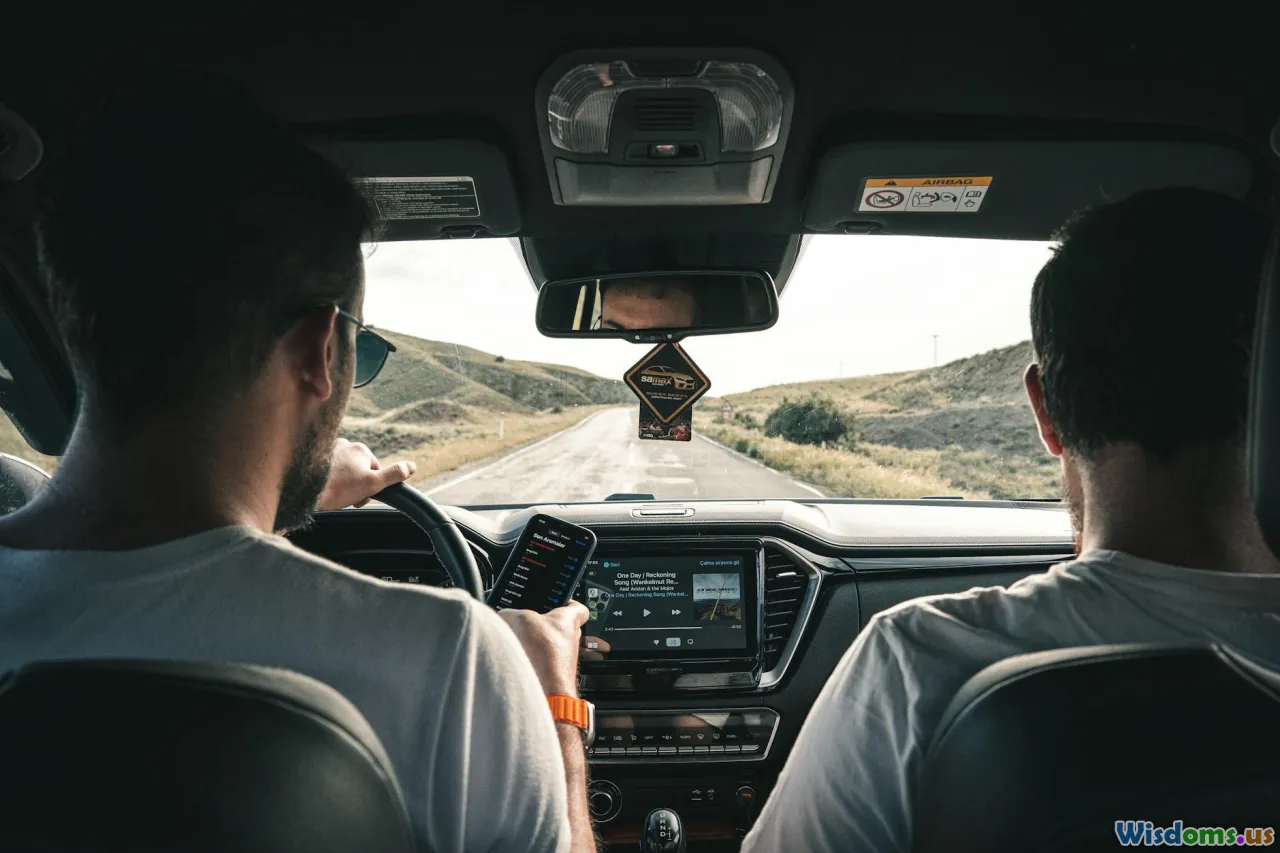
The newest wave in commuting is hands-free driving on mapped highways, under defined conditions. These are Level 2 or, in very specific cases, Level 3 systems. They are not self-driving in all conditions; they are highway copilots that assume the tedium while ensuring you remain a ready fallback.
Who does what, today
- GM Super Cruise: Hands-free on hundreds of thousands of miles of pre-mapped divided highways across the U.S. and Canada. It uses a driver-facing infrared camera to ensure you are watching the road and a blend of GPS, lidar map data, and camera/radar sensing. It can handle lane changes on some models and typically delivers a very steady, centered ride in light to moderate traffic.
- Ford BlueCruise: Hands-free driving in designated 'Blue Zones' on divided highways, with lane change assist on newer versions. Ford has expanded coverage significantly in the last couple of years, and newer software updates have improved confidence through curves and merges.
- Tesla Autopilot and Full Self-Driving (FSD) capability: Functionally powerful lane keeping and traffic-aware cruise with automated lane changes in some modes. These require constant supervision and hands on or near the wheel; Tesla uses steering torque sensing and, on newer vehicles, a cabin camera for monitoring. These systems are not approved for eyes-off driving.
- Mercedes Drive Pilot: Notable for being a Level 3 system in certain states and conditions (for example, low-speed, heavy traffic on specific mapped highways). Under those conditions the driver can take eyes off the road for limited tasks, but must be ready to resume when prompted.
Daily commute realities
- Traffic jams are where these systems shine. Maintaining lane position, crawling smoothly, and managing tight gaps lowers cognitive load.
- Driver monitoring matters more than marketing names. Systems with robust gaze tracking reduce misuse and help you stay fresh rather than complacent.
- Map dependence can be a feature: Pre-mapped highways give the system a precise understanding of curves, lane counts, and merges. The trade-off is that construction zones or un-mapped roads can trigger handover.
How to decide if hands-free makes sense for you
- Map your route: Look up hands-free coverage maps from the automaker and overlay them on your daily route. If your commute is mostly within the mapped network, you will use the feature often; if not, you may be paying for something you rarely engage.
- Perform a two-day test: Day 1 in midday traffic to learn the feature, Day 2 at rush hour to see edge cases like cut-ins and narrowing lanes. Bring a passenger to observe when and why the system disengages.
- Assess transitions: The most critical moments are handovers. How early does the system warn you? Is the alert haptic, visual, and audible? Can it maintain control safely if you take a second to re-grip the wheel?
- Compare comfort: Some systems hug the center, others ride closer to one lane line. If you are nervous around large trucks, a system that holds a wider berth may feel better.
Safety and etiquette tips
- Eyes on the road. Even with hands-free, treat the system like a competent apprentice—you are still the licensed pro.
- Keep lanes clear: Use automated lane changes responsibly; do not cruise in the left lane if traffic is moving.
- Watch weather and construction: Heavy rain, snow, or fresh construction can blur lane markings and trigger disengagements.
Practical payoff: When your commute involves 30–60 minutes of divided highway, a well-executed hands-free system can feel like power steering for your brain. You arrive less tense, you avoid accordion-style throttle inputs that waste fuel or range, and you spend more time scanning for the rare outlier rather than micromanaging the mundane.
Electrification and smarter energy use for cheaper, calmer miles
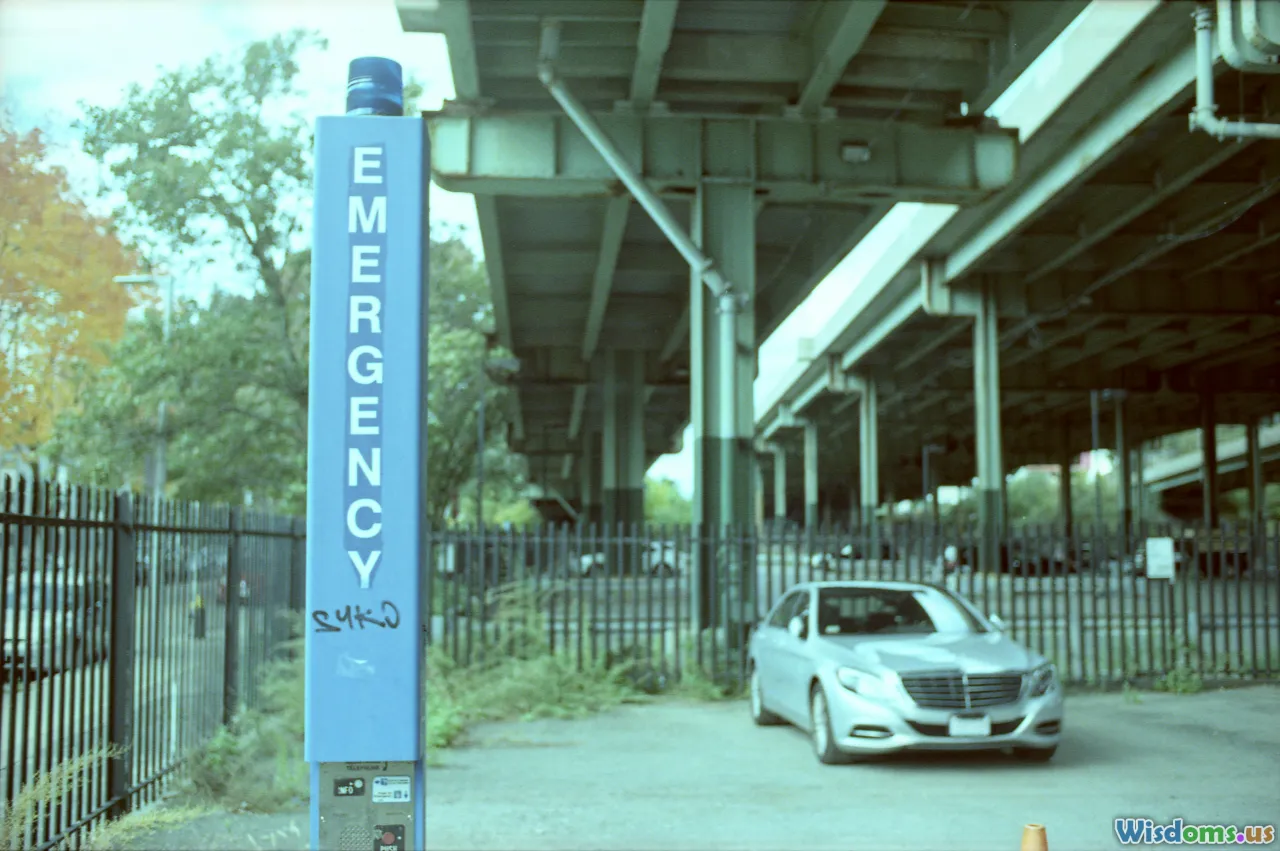
Even if you never become an early adopter, electrification is rewriting the commute playbook. Electric vehicles (EVs) and hybrids are quieter, smoother, and often cheaper per mile than comparable gasoline cars. And the ecosystem around them—charging, software, thermal management—now focuses on the very use case commuters care about most: reliable, repetitive daily trips.
Cost-per-mile arithmetic you can use
- Electricity: If you pay around 13 cents per kWh and your EV averages 3 miles per kWh, your cost works out to roughly 4.3 cents per mile.
- Gasoline: At $3.50 per gallon and 30 mpg, that is about 11.7 cents per mile.
- Translation: For a 30-mile round-trip commute, the energy cost delta is roughly $2.22 per day in favor of the EV. Over 240 workdays, that is around $533 in savings—before maintenance differences (EVs typically need fewer brake jobs thanks to regen and no oil changes).
Range and charging suited to commuters
- Modern EVs typically deliver 220–350 miles of rated range. For a 30–60 mile daily commute, that means charging a few times a week at home is enough.
- Level 2 home charging (240V) adds roughly 20–40 miles of range per hour depending on the car and charger. A 7.2 kW unit can fill 180–200 miles of range overnight.
- Workplace charging is a force multiplier: even a few hours at 6–7 kW tops you off, enabling smaller battery choices without range anxiety.
Cold and hot weather strategy
- Expect winter range to drop 20–40% in cold climates due to battery chemistry and cabin heating. Cars with heat pumps narrow the gap by moving, rather than generating, heat.
- Precondition while plugged in: Warm or cool the cabin and battery before departure, using grid power. This both preserves range and makes the first 10 miles of your commute more efficient.
- Use seat and wheel heaters: They deliver comfort at a fraction of the energy of blasting cabin heat.
Hybrids and plug-in hybrids as commute specialists
- Traditional hybrids excel in stop-and-go: every brake becomes energy in the battery, and the engine operates in efficient ranges more often.
- Plug-in hybrids (PHEVs) offer an EV-like commute for 20–60 miles, then operate like efficient hybrids for longer trips. For commuters who cannot charge daily, a PHEV can still cover most weekday miles on electricity if you plug in even a few times a week.
Additional EV features that are commute gold
- One-pedal driving: Adjustable regenerative braking allows smoother speed control and less brake wear. In traffic, this can reduce fatigue as you modulate with a single pedal.
- Quiet cabins: Less drivetrain vibration and noise mean you can take calls or listen to podcasts at lower volumes, reducing stress.
- 800-volt architectures: Found on some newer EVs, these enable faster DC fast charging on road trips and often support more efficient power electronics. Even if you rarely fast charge, the improved thermal management and efficiency benefits show up on hot days.
- Vehicle-to-load (V2L): Turn your car into a giant battery for tools, laptops, or even a tailgate coffee maker. While not a commute necessity, it makes your car an all-day asset.
Buying and setup tips
- Prioritize thermal features: Heat pump, heated seats, and steering wheel. They pay back quickly in comfort and efficiency.
- Plan your outlet: A dedicated 240V circuit and a quality Level 2 charger with a load-sharing option (if you have multiple EVs) keeps charging predictable.
- Time-of-use rates: Many utilities offer cheaper night rates. Schedule charging after midnight and precondition before you leave.
- Cable management: Use a simple wall holster and floor mat to keep cords tidy. You are more likely to plug in if the routine is frictionless.
Electrification is not a monolith. Whether you pick a hybrid, PHEV, or full EV, smarter energy management translates directly into a calmer, cheaper commute.
Connected navigation and V2X: traffic that talks back
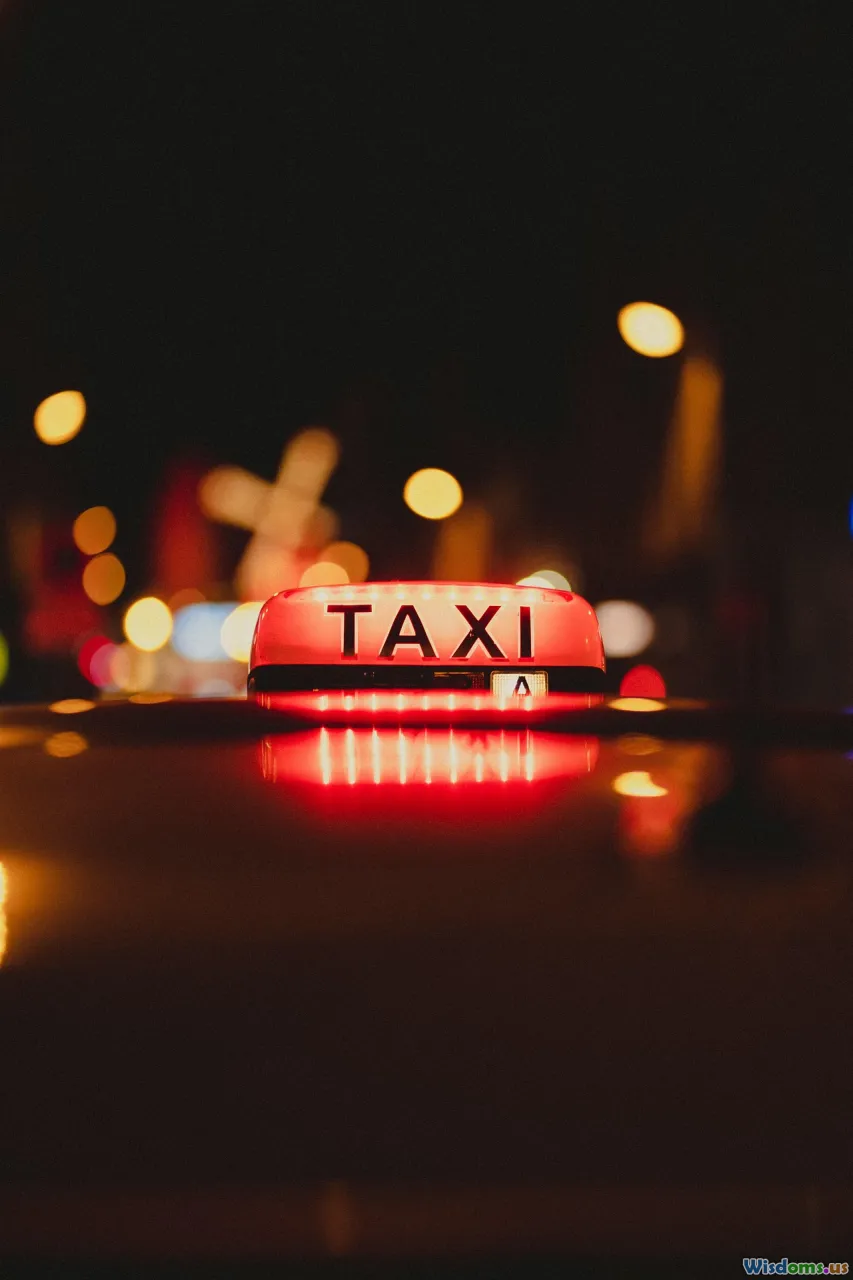
The first generation of navigation told you where to go; the second generation tells you what is happening—and increasingly, what will happen—so you can route around it or glide through it. Connectivity stitching cars to other cars, phones, and infrastructure is the quiet revolution that prevents headaches before they begin.
Real-time routing done right
- Crowd-sourced traffic data from millions of devices powers more accurate travel time estimates and incident warnings. Apps and built-in systems now flag debris, disabled vehicles, and weather-related slowdowns with surprising precision.
- Predictive departure advice looks at typical congestion patterns and adjusts your leave time. If your route backs up every day at 8:10 a.m., your car can nudge you to leave at 7:58 for a time-neutral outcome.
- Multi-stop optimization ranks errands by distance and current traffic, shaving minutes without requiring you to think like a dispatcher.
V2X—vehicle-to-everything—in pilots and practice
- V2I (vehicle-to-infrastructure) can broadcast signal phase and timing (SPaT) from smart traffic lights. Your car displays a countdown to green and recommends a target speed to ride a green wave, cutting idling and hard braking.
- Work zone beacons and roadside units can warn of lane closures ahead of your sight line, prompting early merges that reduce risky last-second weaves.
- Safety pilots in several U.S. cities and university towns have reported fewer hard-braking events and measurable reductions in travel time when connected signal timing and speed harmonization are active.
Privacy and control
- Data trails: Navigation and telematics can log location and behavior. Most systems offer granular toggles—turn off precise location sharing for non-navigation apps, limit background data, and review consent screens after software updates.
- Offline maps as a fallback: Download your commute region to ensure rerouting still works in dead zones or during network outages.
Practical setup tips
- Standardize your ecosystem: If your household uses Android and Google Maps, consider a car with Google built-in or seamless Android Auto. For Apple users, prioritize CarPlay stability. Consistency reduces friction.
- Share ETA smartly: Setting automatic ETA sharing with family or colleagues for your regular commute can eliminate check-in texts and make late arrivals less stressful.
- Pin your parking: In dense areas, drop a pin as you park. Many systems do this automatically when the car stops and your phone disconnects from Bluetooth.
Connected navigation and V2X move value upstream. Rather than react to the mess, you route around it or flow through it with fewer stops, fewer surprises, and better use of your time.
Cars that improve after you buy: OTA updates and app ecosystems
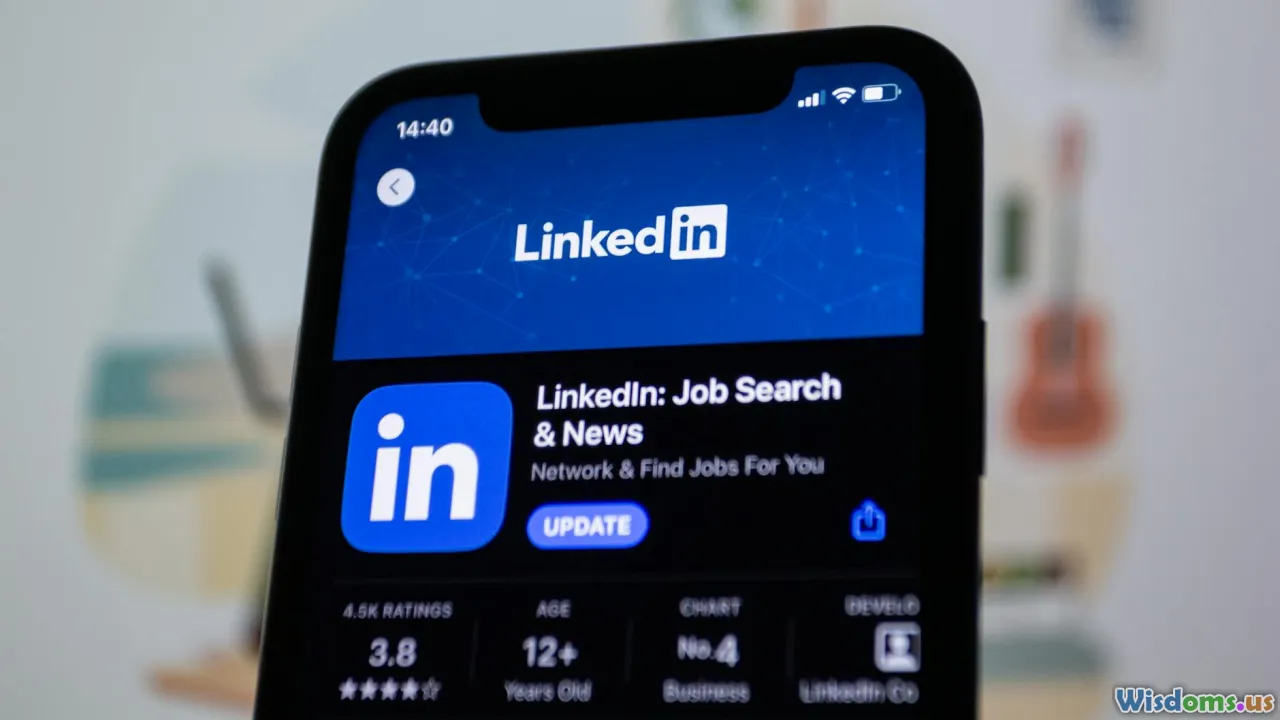
Your car is no longer a static appliance. With over-the-air (OTA) updates, features evolve, bugs disappear, and performance can improve without visiting a service center. It is the difference between a commute helper that stagnates and one that learns from data and gets better.
What OTA looks like in daily life
- ADAS refinements: Smoother adaptive cruise tuning, improved lane centering in rain, better cut-in handling—these arrive as software revisions informed by fleet data.
- Charging curve optimization: Some EVs receive updates that raise or reshape the charging curve, shortening DC fast-charge stops on road trips and improving battery thermal strategies for cold mornings.
- Feature unlocks and trials: A car you buy today may offer a free trial of a hands-free system, then a subscription. Similarly, new infotainment apps, voice assistants, or navigation data layers can appear post-purchase.
- Remote diagnostics: The car can self-report potential issues, sometimes pre-ordering parts before you notice a symptom, reducing time off the road.
App ecosystems that matter to commuters
- Remote preconditioning and scheduling: Warm or cool the cabin while the car is plugged in; schedule weekday departures so the car is ready when you are.
- Digital keys: Phone-based keys let you leave the fob at home, share temporary access with family or coworkers, and restrict access hours.
- Find-my-car and last-mile navigation: Apps can guide you from your parking spot to the office door and back, with a live location and distance countdown.
- Charging management: Start, stop, and monitor charging from your desk. Intelligent charging features can shift energy use to the cheapest hours.
Security and sanity checks
- Update timing: Most cars let you schedule OTA installs. Set them for overnight, and make sure the car has a strong Wi‑Fi connection when parked in your garage.
- Read the notes: Just like phone updates, skim the release notes before you install. Some updates alter menu paths or defaults; knowing in advance saves confusion at 7:30 a.m.
- Account hygiene: Use strong, unique passwords for your car’s app and enable multifactor authentication. Treat it like online banking.
- Subscription sense: Not every paid feature is worth it. Try monthly first for a hands-free or connected services subscription; cancel if you use it less than once per week.
Long-term upside
- Resale value: Cars that receive years of software care tend to feel newer longer. A three-year-old model with updated driver assistance and modern apps often commands stronger demand in the used market.
- Fleet learning: As more cars share anonymized data about slippery spots, rough pavement, or average corner speeds, the next update can specifically improve your commute route.
OTA and app ecosystems are the connective tissue between the hardware you buy and the experience you live with. When done right, the car becomes a living product that respects your time.
A few final miles of advice
There is no one-size-fits-all commute. A suburban parent with 45 minutes of highway, a city dweller with 7 miles of signals and cyclists, and a rural teacher with early-morning fog each have different pain points. The five innovations above—modern ADAS, hands-free highway systems, electrification with smarter energy management, connected navigation and V2X, and software that keeps improving—cover that spectrum because they address fundamental constraints: attention, time, energy, and resilience.
If you are shopping in the next six months, approach test drives and specs with a commuter’s checklist in mind:
- Does the driver monitoring keep me engaged without nagging? Try it at night with sunglasses off to see if infrared tracking works well.
- Can I make the car as quiet and calm as my favorite coffee shop? Pay attention to tire noise, wind sealing, and HVAC smoothness at 30–50 mph.
- Is home charging or a parking-garage outlet available? Ask facilities about circuit capacity and consider a shared load charger if the panel is tight.
- Does the navigation consistently beat your phone? Compare ETA accuracy over a week. Consistency matters more than a flashy interface.
- Will the car be better in two years than it is today? Look for a track record of meaningful OTA updates, not just map refreshes.
Above all, use the technology but do not outsource judgment. The best commute is the one where the machines handle the boring, repetitive stuff and you retain the higher-order task: noticing the unusual, anticipating the human moves, and choosing a route—and a rhythm—that respects your sanity. The future of driving is not about handing over the wheel; it is about getting back the moments the old commute used to steal.
Rate the Post
User Reviews
Popular Posts










